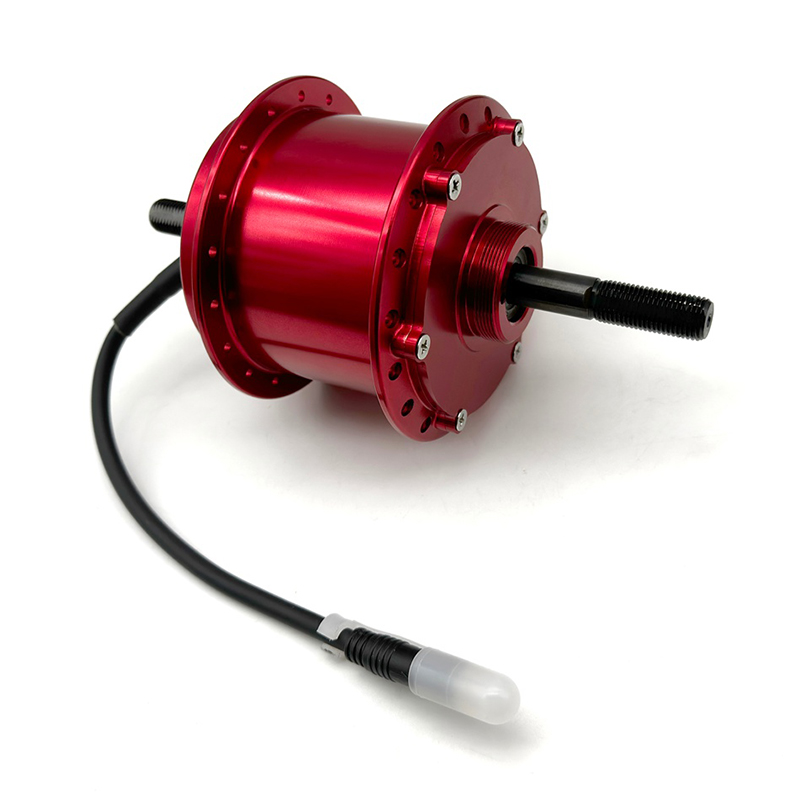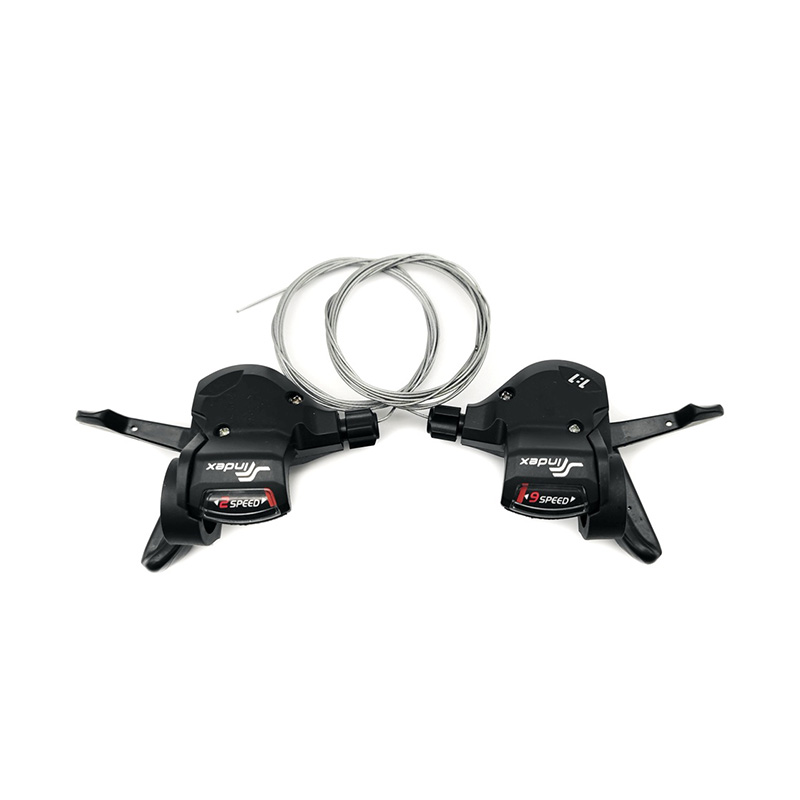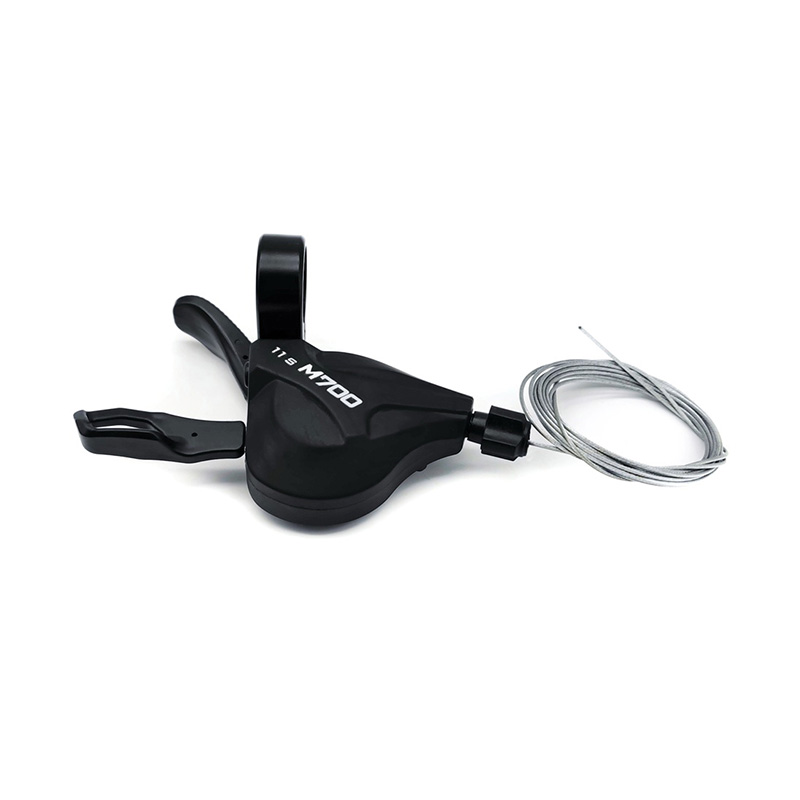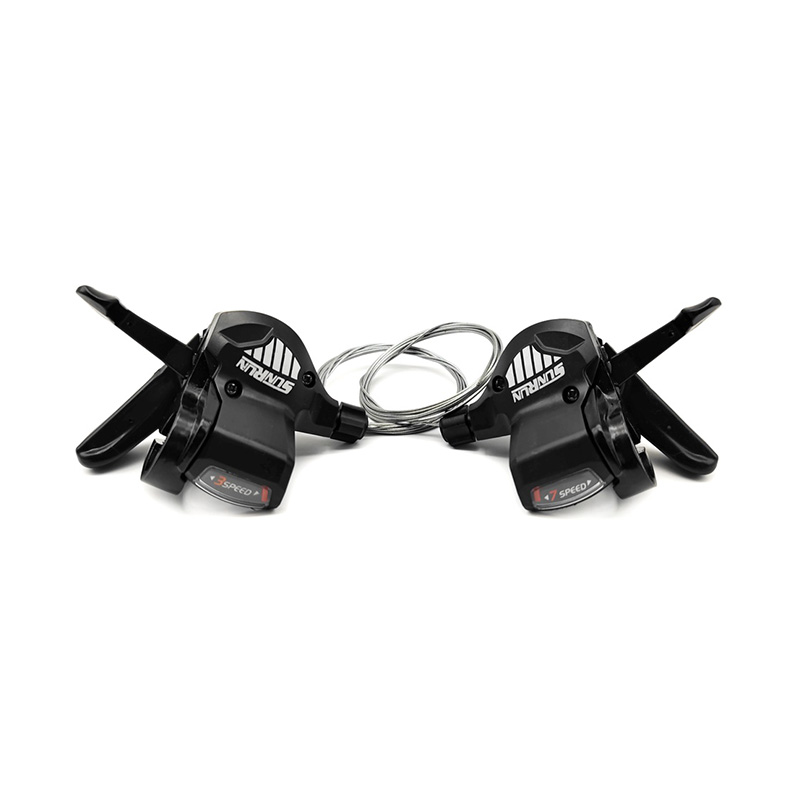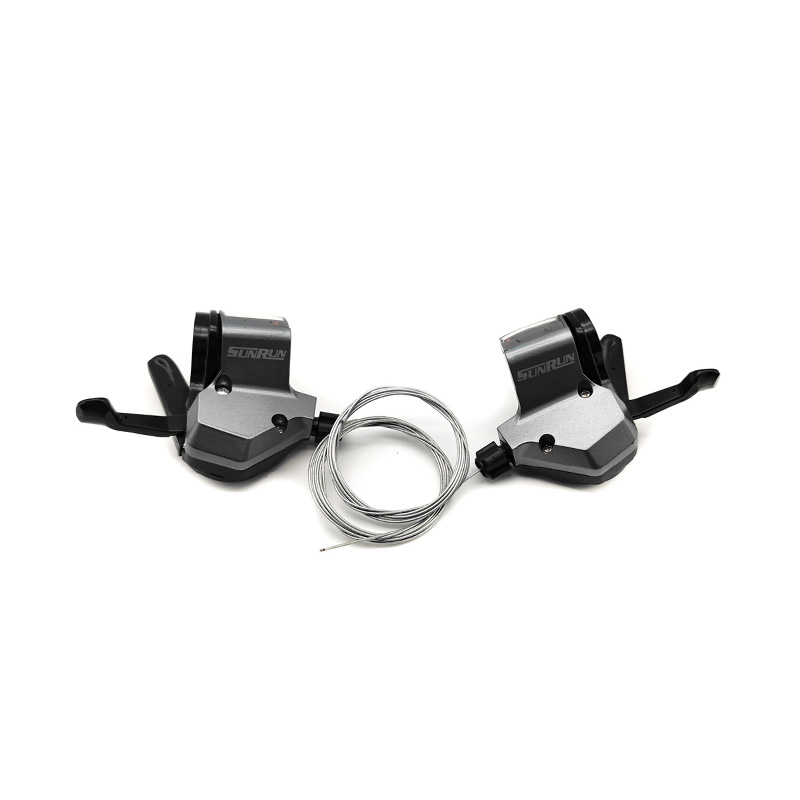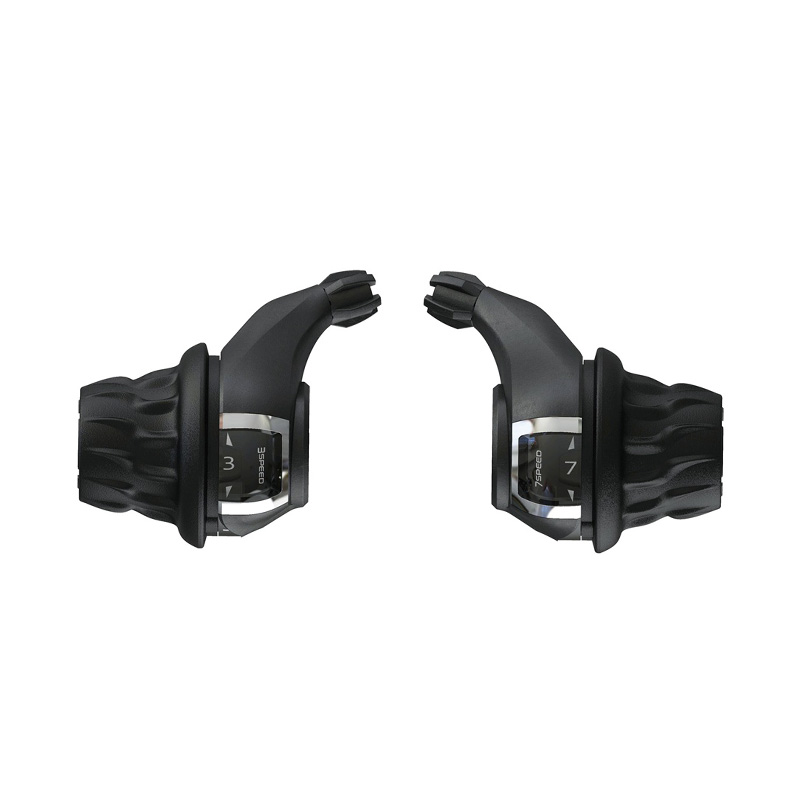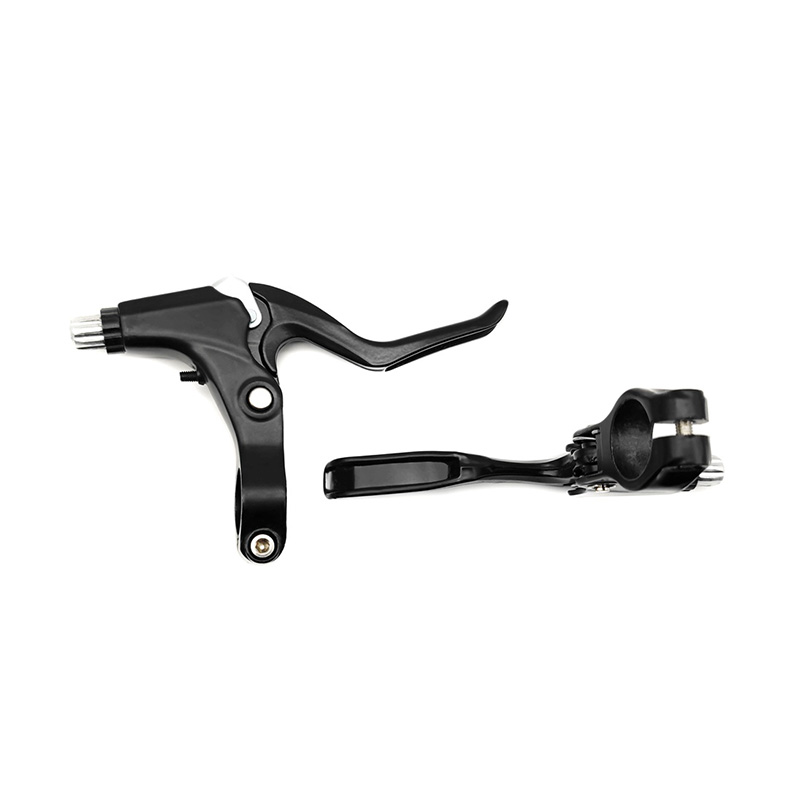News
1. Check the condition of the chain: First make sure the chain is clean, lubricated and has no bent or damaged links. If there is a problem with the chain, it needs to be cleaned, lubricated or replaced.
2. Determine the appropriate limit: Before adjusting the front and rear derailleurs, you need to adjust the limit screws first. Push the shift handle (shifter) to the minimum or maximum chainring gear, and then turn the screw so that the sprocket in the transmission booster wheel and the chain of the shifter are approximately aligned. For the front derailleur, you can use the inner limit screw (L screw); for the rear derailleur, you can use the outer limit screw (H screw).
3. Adjust the cable tension: Start adjusting the cable tension so that the shifter can shift smoothly. Push the shift lever to the smallest chainring position, loosen the cable on the derailleur, and insert the cable into the thread. Then, tighten the cable, gradually increasing the tension until the chain jumps over the small sprocket on the shifter.
4. Adjust the width gap: When the cable tension is well adjusted, the width gap can be adjusted to ensure the accuracy of shifting. Push the shift lever to the next chainring gear and observe whether the chain transitions smoothly to the next sprocket. If the transition isn't smooth, you can use the toggle adjuster to fine-tune the width gap until the shift is smooth.
5. Test shifting: After completing the above adjustments, perform a shifting test to ensure that the transmission can shift smoothly in each gear gear.
Just be aware that adjusting the front and rear derailleurs may require some patience and finesse. If you are unsure of your adjustment skills, it is recommended to seek help from a professional bicycle mechanic.

 中文简体
中文简体 English
English
